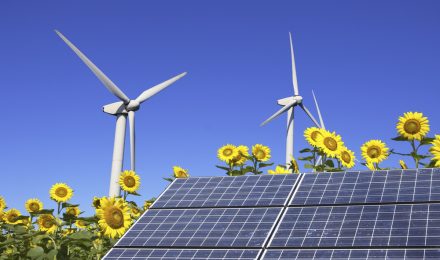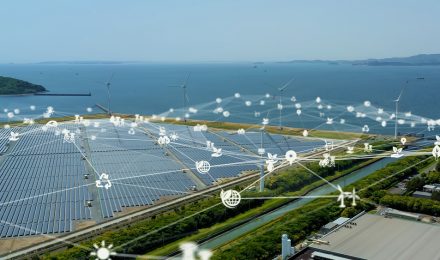The Economic Implications of Transitioning to Renewable Energy
The rise of renewable energy offers individuals greater control over their energy consumption, but it also challenges government revenue streams.
Nov 29 2024
Read MoreMicrogrid Evolution and Its Impact on Remote Communities
The microgrid can also utilize different sources of renewable energy such as wind and solar.
Oct 31 2024
Read MoreThe Rise of Green Hydrogen
Green hydrogen is an option for storing renewable energy with hydrogen-based fuels to transport energy from renewables across long distances to energy-requiring regions.
Sep 25 2024
Read MoreInnovative Renewable Energy Storage Solutions
The rapid development of advanced renewable energy storage systems is opening up new possibilities in the transition to a sustainable energy future.
Aug 28 2024
Read MoreRenewable Energy in Urban Planning
Planning urban areas to accommodate the use of renewable energy sources is an essential and beneficial way to the society.
Jul 24 2024
Read MoreGlobal Policies Shaping the Future of Renewable Energy
There are several global policies in the works or already in place working to ensure that renewable energy is a part of our future.
Jun 26 2024
Read MoreGeothermal Energy: Untapped Potential for Sustainable Heating and Cooling
Ageothermal plant typically emits around 97 percent less pollutants than a traditional power plant.
May 22 2024
Read MoreFloating Solar Farms: Pioneering the Future of Renewable Energy
Floating solar farms are unlocking a new future even as the world seeks better prospects for efficient and sustainable renewable energy generation.
Apr 24 2024
Read MoreAdvancements in Solar Panel Efficiency
Advancements in making solar panels more efficient provide the benefit of helping lower electricity costs.
Mar 27 2024
Read MoreOffshore Wind Power’s New Horizons
Many new technologies and solutions are coming for the wind industry, which will impact people in ways they may not even think about.
Feb 21 2024
Read MoreSee More





